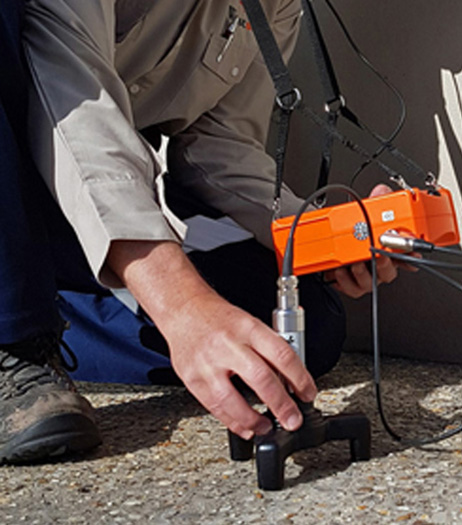Water Leak Detection - simple test
Materials Needed:
- Paper Towels or Tissues
- Flashlight (optional)
- Food Coloring (optional)
- Wrench or Pliers (for tightness checks)
Steps:
-
Check Water Meter:
- Locate your water meter.
- Take note of the current reading.
- Avoid using water for a specific period (e.g., 1-2 hours).
-
Recheck Water Meter:
- After the waiting period, recheck the water meter reading.
- If the meter has changed despite no water usage, it may indicate a potential leak.
-
Inspect Visible Pipes:
- Inspect exposed pipes under sinks, in the basement, or around water heaters for visible leaks.
- Look for signs of water stains, puddles, or corrosion.
-
Check Faucets and Fixtures:
- Inspect faucets, showerheads, and other fixtures for leaks.
- Tighten any loose connections or replace faulty washers.
-
Toilet Leak Test:
- Add a few drops of food coloring to the toilet tank.
- Wait 15-20 minutes without flushing.
- If the colored water appears in the toilet bowl, it indicates a leak in the flapper valve. Replace the flapper.
-
Inspect Appliances:
- Check appliances that use water, such as dishwashers and washing machines, for visible leaks.
- Inspect hoses and connections for signs of wear or damage.
-
Check Outdoor Faucets:
- Inspect outdoor faucets for leaks.
- Ensure hoses are securely connected, and there are no visible drips.
-
Inspect Water Heater:
- Check the area around the water heater for signs of leaks.
- Look for dripping or pooling water.
-
Listen for Leaks:
- In a quiet environment, listen for the sound of running water or dripping.
- Focus on areas near pipes, walls, or fixtures.
-
Use Paper Towels or Tissues:
- Wipe areas around pipes, connections, and fixtures with dry paper towels or tissues.
- Check for signs of dampness or discoloration.
-
Check Under Cabinets:
- Inspect the area under sinks and cabinets for any water damage.
- Look for signs of warped wood, stains, or mold.
-
Tighten Connections:
- Use a wrench or pliers to tighten loose connections on pipes, faucets, and fixtures.
-
Flashlight Inspection:
- In dark or less accessible areas, use a flashlight to spot hidden leaks.
Performing this basic water leak test can help you identify and address common sources of leaks in your home. If you suspect a leak but cannot locate it or if the issue persists, consider seeking professional assistance for a more thorough inspection.

